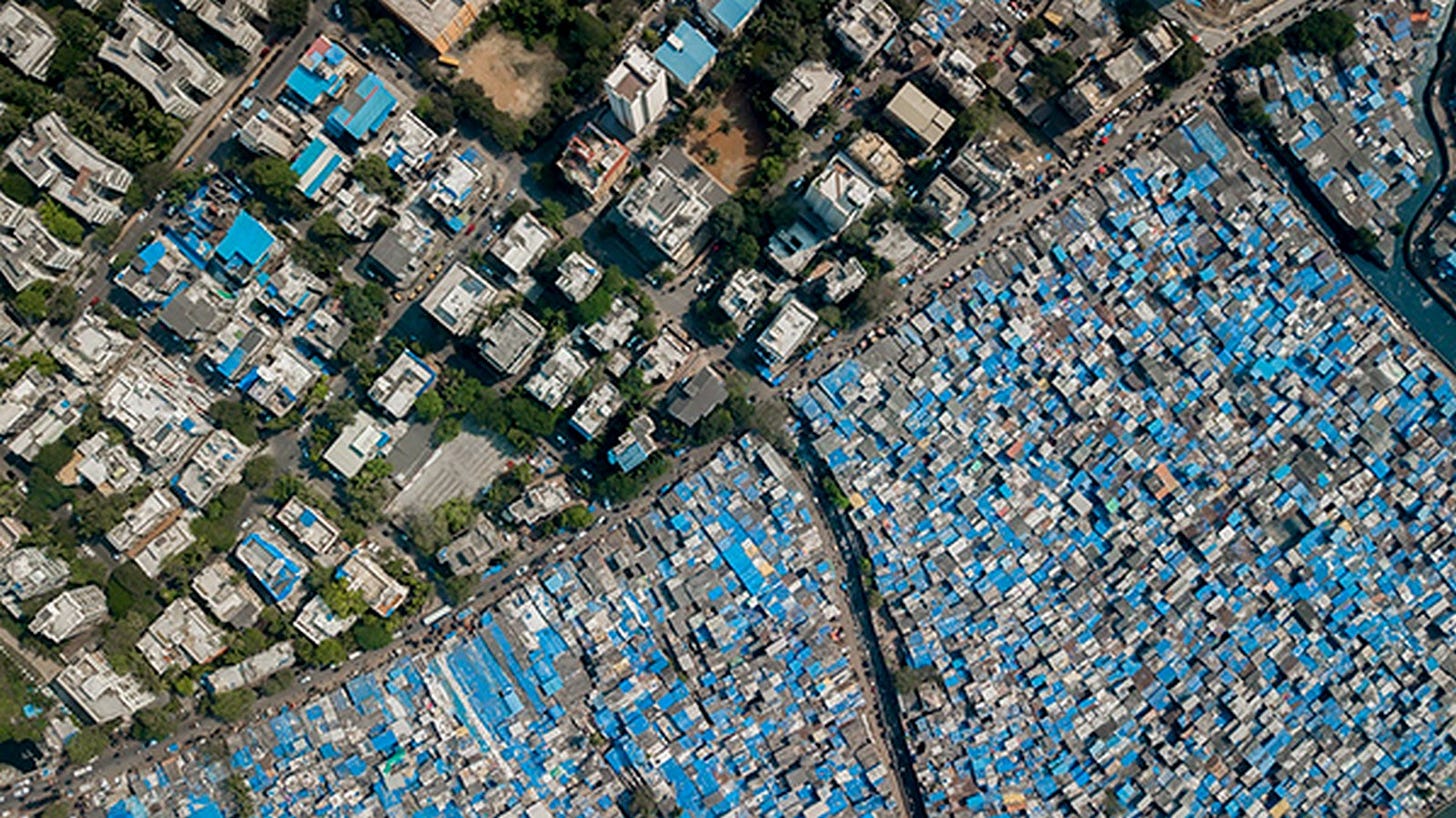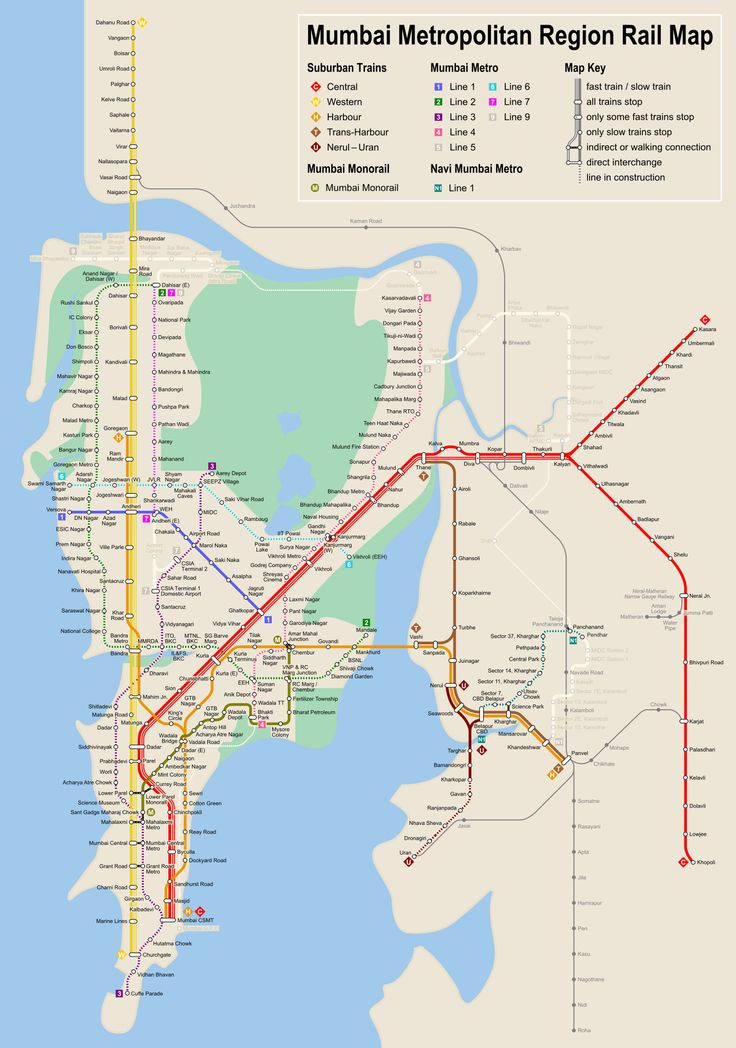Mumbai’s Double-Edged Sword: Progress and Paradox in the City of Dreams
How Gentrification Shapes the Urban Pulse of India’s Most Vibrant Metropolis
This week, I shifted to Mumbai - a city that neither sleeps nor slows down, pulsating with an unyielding rhythm. Growing up, Bollywood films painted it as a kaleidoscope of dreams, chaos, and ambition, igniting a desire in me to experience it firsthand. Not as a tourist seeking postcard moments, but as a dweller, immersing myself in its complex entanglement of urban life. Mumbai is densely populated, unapologetically polluted, and profoundly alive - a testament to humanity’s relentless pursuit of progress.
The Capital of G*****fication
As I sit in a cafe near my new place, reflecting on my initial days here, I am struck by the city’s layered realities. Architecture and urban studies often grapple with contemporary issues we scarcely comprehend until we confront them firsthand.
These issues - abstract in textbooks, elaborated in discussions - carry an overwhelming weight when witnessed firsthand. In my brief experience here, Mumbai has unveiled itself as a paradox: a city of dreams, yes, but also the capital of gentrification.
Gentrification, in its simplest terms, is the systematic displacement of lower-income communities, striping them of their homes and livelihoods to create space for the affluent. While often framed as progress, it is a deeply inequitable transformation.
The allure of development for some comes at the expense of erasing the lives and cultures of others. Mumbai is a living manifesto of this phenomenon, where gentrification is not an isolated occurrence but a pervasive force at every intersection.
I’ve encountered gentrification before, in small pockets of other cities. But here, it is inescapable - woven into the very fabric of urban life. It presents a double-edged sword: on one hand, the city grows, creating endless opportunities, sleek housing and commercial hubs for the privileged. On the other, it perpetuates displacement, leaving the marginalized to fend for themselves of the leftover scraps, without any sustainable alternatives. The repercussions extend beyond physical spaces; they infiltrate psyches, eroding a sense of belonging and security for those uprooted.
For developers, it boils down to property rates and profit margins - a transactional view of urban transformation. But for those affected, it is an existential crisis. The city takes from them not only their homes and livelihoods but also their identities, their connections and memories to a place, and their very right to participate in its future. It’s as if the city scraps out all that these marginalised communities own and leave them to see for themselves.
Architecture and urban planning, while often seen as culprits, are also victims of larger economic factors. On one hand we have to present the city with an opportunity for growth, while on the other, it comes at the cost of erasure.
Yet, this acknowledgement does not absolve us of responsibility. How can we imagine and implement urban growth that does not come at the cost of humanity?
A sustainable alternative - one that harmonizes the aspirations of development with the dignity of all its inhabitants - is not just a necessity; it is an ethical imperative.
The Back-Bone of Mumbai
The irony of growth reveals itself vividly in the urban fabric of Mumbai. The city, like a living organism, is dissected at its core by the railway lines - known as the locals - that pulse through its veins, connecting its extremities while dividing its geography into West and East. These lines are not mere transportation systems; they are lifelines, simultaneously unifying and fragmenting the city.
In a city perpetually in motion, the locals are the heartbeat, carrying millions each day to their destinations. Yet, to experience them is to confront the paradox of control and surrender. During rush hour, boarding a train becomes an act of collective chaos - pushing, shoving, and an unspoken negotiation of space. Once, amidst the crowd, I was physically pulled out of the train, not by my own will but by the relentless tide of human movement. In that fleeting moment, I surrendered my autonomy, becoming a particle swept along by the current of the city’s collective rhythm.
Morphologically, the locals are the backbone of Mumbai’s urban landscape - a circulatory system enabling cheaper and faster commutes for the city’s lifeblood: its people. They thread through neighborhoods, bridging socio economic divides and yet reinforcing them.
The locals ensure that the city operates at an unparalleled pace, connecting corporate employees striving for upward mobility with the street sweepers and labourers battling for survival. From the polished ambitions of office towers to the grit of the streets, these trains sustain the mundane machinery of everyday life.
But within this vital system lies an unsettling irony. It is the very communities most at risk of being displaced by gentrification that keep the city alive. The lower-income workers - those swept aside to make way for sanitized visions of progress - from the foundation upon which Mumbai’s frenetic pace depends. The system thrives on a dependency it seeks to erase, a paradox that lays bare the contradictions of urban growth.
The locals are not just transportation; they are metaphors for the city itself - a testament of human resilience and interdependence. They highlight the uncomfortable truth that modern urbanism often builds its towers of ambition on the backs of those it marginalizes. In the interplay of movement and stillness, autonomy and surrender, these locals reflect a deeper narrative: the city’s pulse is driven by those it overlooks, and its progress is inseparable from their survival.
Call to Action
Mumbai thrives on paradoxes: progress built on erasure, movement fueled by stillness, and ambition dependent on those it marginalizes. As we celebrate urban growth, we must ask ourselves: What kind of city are we building, and who gets to call it home? How can we reimagine development to honor the lives and dignity of all its inhabitants?
Share your reflections on the unseen engines of our cities and the ethical imperatives of true progress.
If this blog resonated with you, sparked a new perspective, or left you questioning the dynamics of urban life, let’s keep the dialogue alive. Like, comment, and share your thoughts—I’d love to hear from you.
Don’t forget to restack this post and subscribe to my blog for more explorations into the layered realities of architecture, urbanism, and the human stories that shape our cities. Together, let’s rethink the spaces we inhabit.









